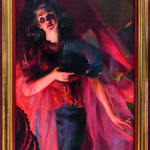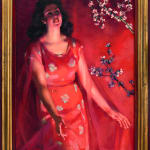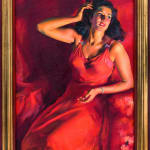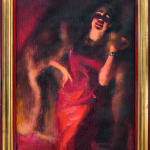


The four Seasons. Spring, 1940

The four Seasons. Summer, 1940

The four Seasons. Autumn, 1940

The four Seasons. Winter, 1939

Giacomo BALLA TURIN 1871 -ROME 1958
SOLD
Further images
Provenance
Casa Balla, Rome 1993; Elica Balla, Rome; Private collection, Rome.
Exhibitions
Rome, 1-15 February 1942, Galleria San Marco, Mostra personale di Giacomo Balla, presentation by G. Guida, sala B;
Rome, September-October 1961, Palazzo delle Esposizioni, Rassegna di Arti Figurative di Roma e del Lazio, sala XLIX;
Rome, May 22-July 30 1986, Galleria Due Ci, Ballrossi. Opere di Balla in rosso;
Parma, May 9-June 30 1987, Galleria Niccoli, Balla. Il colore. 80 opere dal 1896 al 1946;
Bologna, 25 November 2017-11 March 2018, Giacomo Balla. Le quattro stagioni, curated by E. Gigli, Galleria d’Arte Cinquantasei;
Rome, March 21st-June 17th 2019, Giacomo Balla. Dal Futurismo astratto al Futurismo iconico, curated by Fabio Benzi, Rome, Palazzo Merulana - Fondazione Elena e Claudio Cerasi.
Literature
1942, Gi. SI. Giacomo Balla e Renato Brozzi alla Galleria San Marco, n.19, Rome 1942 (Le quattro stagioni);
1961, C. D’Aloisio, catalogue of the exhibition in Vasto Giacomo Balla, at Palazzo delle Esposizioni, Rome 1961, n.28 (Inverno), n. 29 (Autunno), n. 30 (Estate);
1982, G. Lista, Balla, Edizioni Fonte d’Abisso Modena, n. 961 (Autunno), n. 962 (Primavera), n. 963 (Estate), n. 964 (Inverno);
1986, M. Fagiolo Dell’Arco, catalogue of the exhibition Ballrossi. Opere di Balla in rosso, Rome 1986, Tav. IV (Primavera), Tav. V (Estate), Tav. VI (Autunno), Tav. VII (Inverno);
1986, E. Balla, Con Balla, Multhipla edizioni, Milan, vol. III, pagg. 141, 146;
1987, catalogue of the exhibition Balla. Il colore. 80 opere dal 1896 al 1946, introduction by E. Crispolti, p. 86 (Inverno), p. 87 (Primavera), p. 88 (Estate), p. 89 (Autunno);
2017, Giacomo Balla. Designing the future, Estorick Collection of modern art, Silvana Editoriale, n. 45, pag. 31 (Autunno);
2017, F. Benzi, Balla dipinse. Paesaggi e figure 1907-1956, Officine Vereia MMXVII, fig. 8, pag. 21, (Autunno);
2018, E. Gigli, catalogue of the exhibition Giacomo Balla. Le quattro stagioni, Galleria d’Arte Cinquantasei, Bologna, p. 100 (Inverno), 101 (Primavera), p. 102 (Estate), p. 103 (Autunno);
2019, catalogue of the exhibition, Giacomo Balla. Dal Futurismo astratto al Futurismo iconico, curated by Fabio Benzi, Roma, Palazzo Merulana - Fondazione Elena e Claudio Cerasi, fig. 68, p. 58 (Estate), fig. 69, p. 59 (Autunno), fig. 70, p. 60 (Inverno), fig. 71, p. 61 (Primavera).
Also known as Le Quattro Stagioni in Rosso (The Four Seasons in Red), these four paintings realized by Giacomo Balla between 1939 and ’40 depict the young Giuliana Canuzzi, a friend of his family, and a daughter of the Colonel who lived on the 2nd floor of Via Oslavia 39B. The beautiful model, little more than 18 years old at the time, is portrayed in four different poses, each time accompanied by different attributes to describe the season represented: flowers on her dress and plum blossom branches for Spring; what looks like a poppy sketched in the lower right-hand corner for Summer, her smooth skin lit by the warm sun; instead, her face is pensive, serious, and somehow, with her right hand holding a fan to depict Autumn; a fur coat thrown over her shoulders, a cheerful laugh, and dark shadows used to describe Winter.
“for the painting of Winter father wanted her to smoke to make the shadows bluer; now he is passionate about bringing out the splendour of the reds enhanced by deep, strong shadows.”
- Elica Balla, 1986[1]
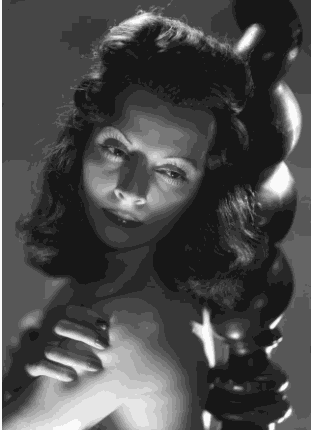
Fig. 1 - Arturo Ghergo, 1940

Fig. 2 _ Front page of La Gazzetta dello Sport, 30 June 1933.
Photograph taken by Elio Luxardo of Primo Carnera, the reigning world champion
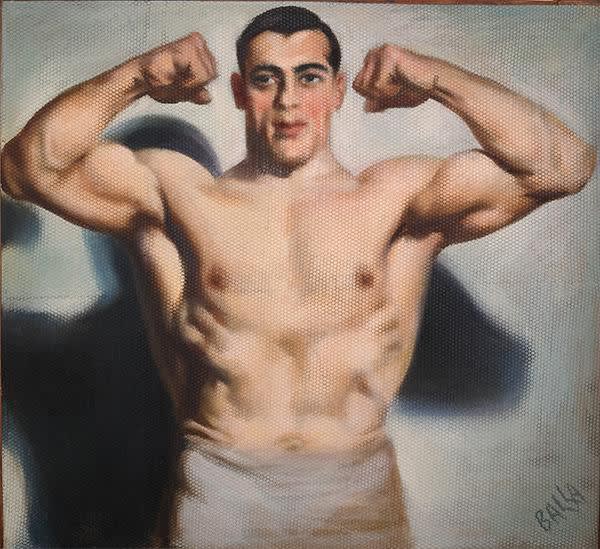
Fig. 3 _ Giacomo Balla, Primo Carnera, 1933, oil on panel and tulle
In this work, Balla used a particular technique which made his desire to immerse himself in the popular culture of rotogravure even more explicit: a kind of dot screen. A pictorial style which simulated the effects of a printer’s dot screen, following a new Avantgarde art concept which antedated American Pop Art. It is interesting to note that almost 20 years earlier, this Turin artist, Roman by adoption, had already heralded one of the founding pillars of the Pop Art of the ’60s.
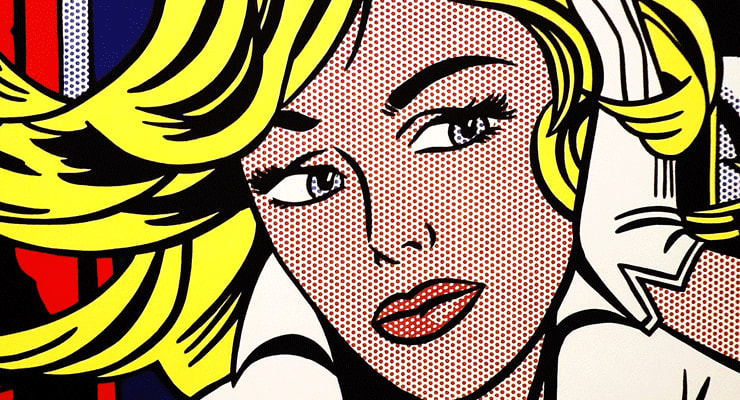
Fig. 4 _ Roy Lichtenstein, in the ’60s.
A true pioneer whose genius has arguably not yet received the attention it merits in all its nuances. In 1933, and also in the four red works of The Four Seasons, Balla intentionally painted on a layer of tulle so as to reproduce the graininess of the photographs published full-page by magazines and newspapers. In short, what Lichtenstein would do many years late.
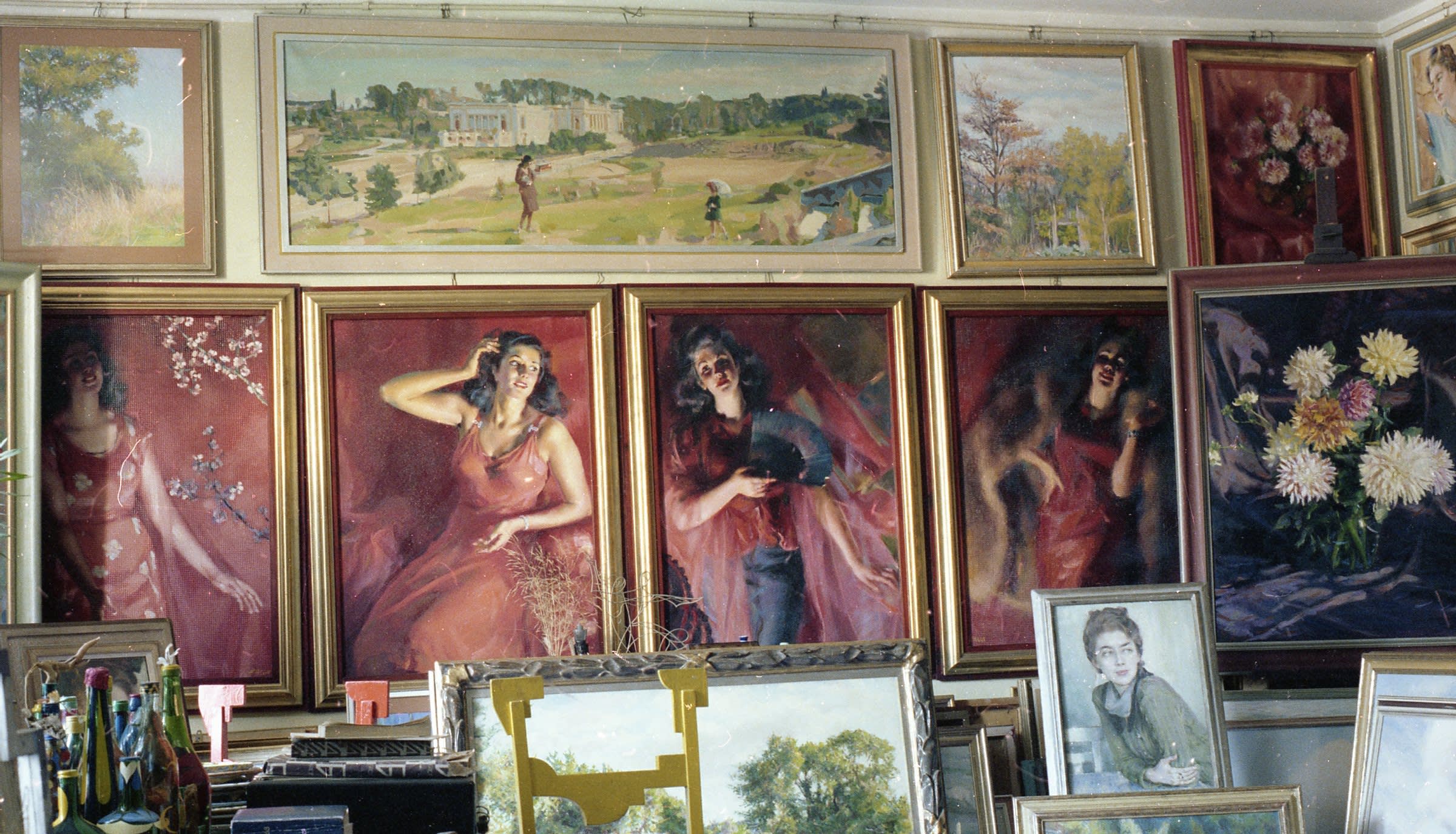
Join the mailing list
Subscribe to our newsletter to receive all the news about exhibitions, fairs and new acquisitions!
